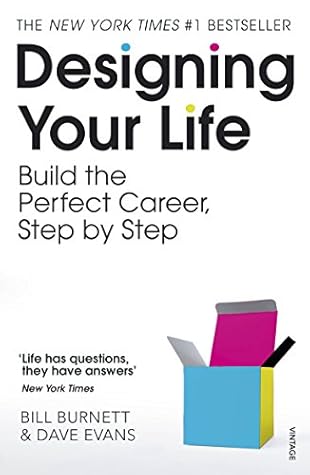More on this book
Community
Kindle Notes & Highlights
by
Bill Burnett
Read between
April 19, 2022 - April 4, 2023
That’s why, in some ways, aesthetics is the ultimate design problem.
Aesthetics involves human emotion—and we’ve discovered that when emotions are involved, design thinking has proved to be the best problem-solving tool.
Everything that makes our daily living easier, more productive, more enjoyable, and more pleasurable was created because of a problem, and because some designer or team of designers somewhere out there in the world sought to solve that problem. The spaces we live in, work in, and play in were all designed to make our life, work, and play better. No matter where we look in our external world, we can see what happens when designers tackle problems.
You can use design thinking to create a life that is meaningful, joyful, and fulfilling. It doesn’t matter who you are or were, what you do or did for a living, how young or how old you are—you can use the same thinking that created the most amazing technology, products, and spaces to design your career and your life. A well-designed life is a life that is generative—it is constantly creative, productive, changing, evolving, and there is always the possibility of surprise. You get out of it more than you put in. There is a lot more than “lather, rinse, repeat” in a well-designed life.
Designers imagine things that don’t yet exist, and then they build them, and then the world changes. You can do this in your own life.
The five mind-sets you are going to learn in order to design your life are curiosity, bias to action, reframing, awareness, and radical collaboration.
The Slinky
Teflon was created this way. Super Glue. Play-Doh. None of these things would exist if a designer somewhere hadn’t screwed up. When


